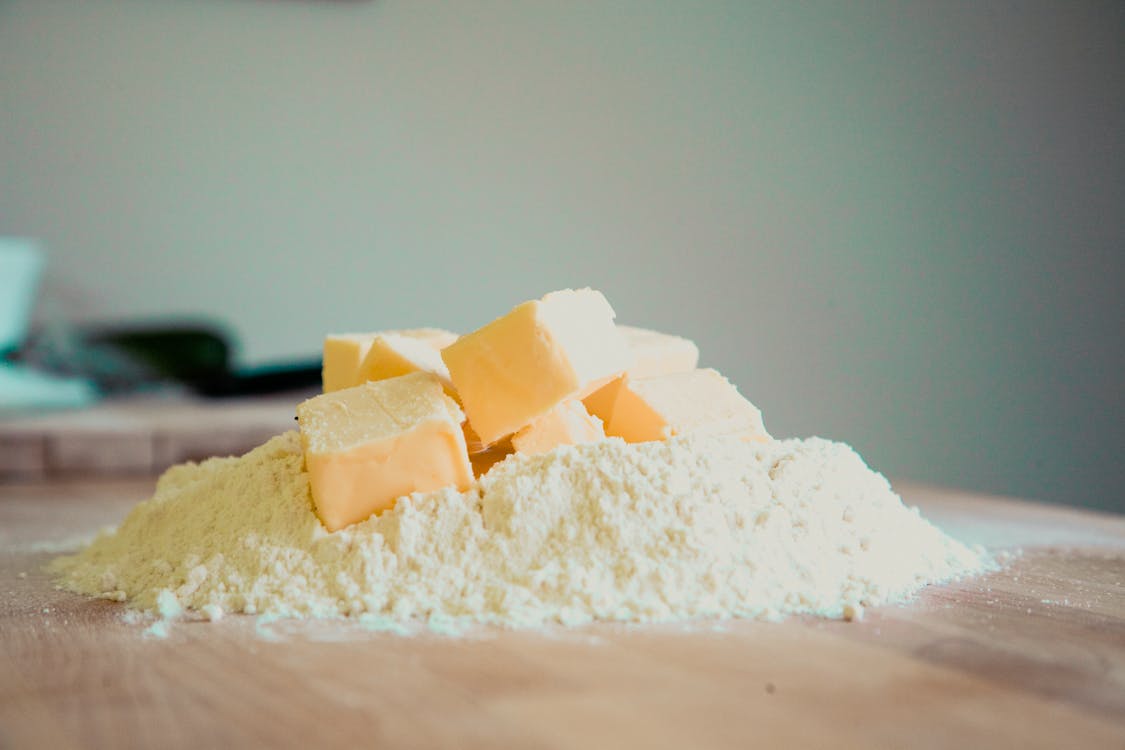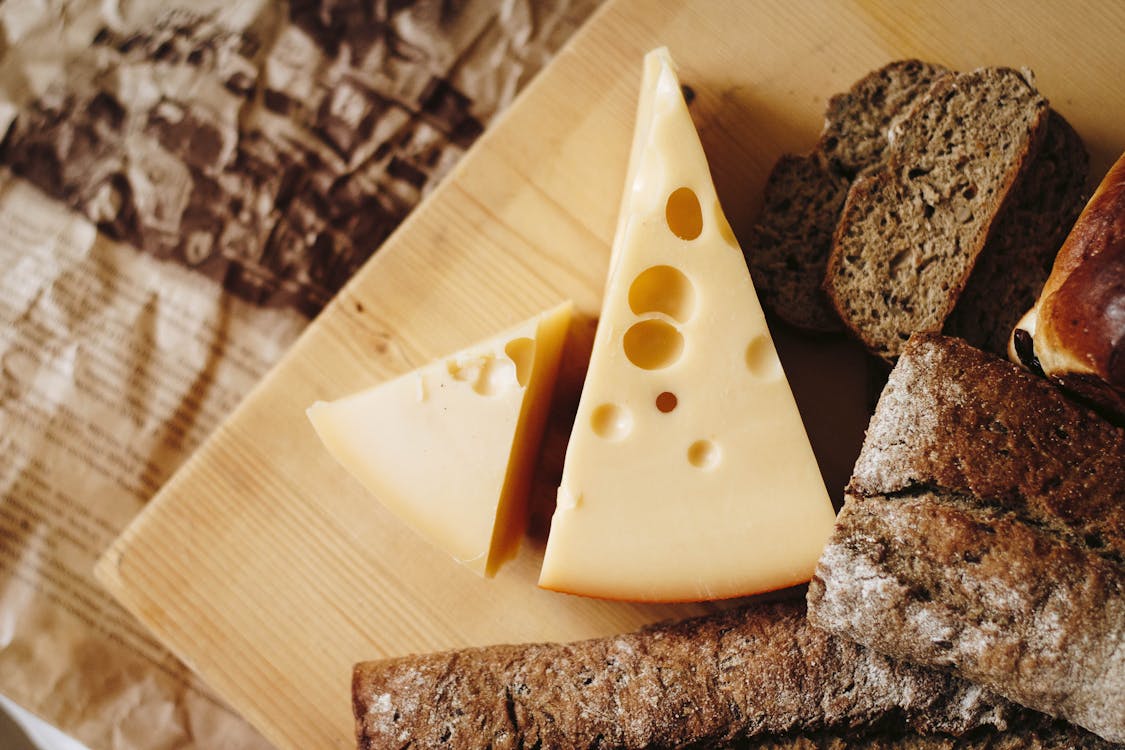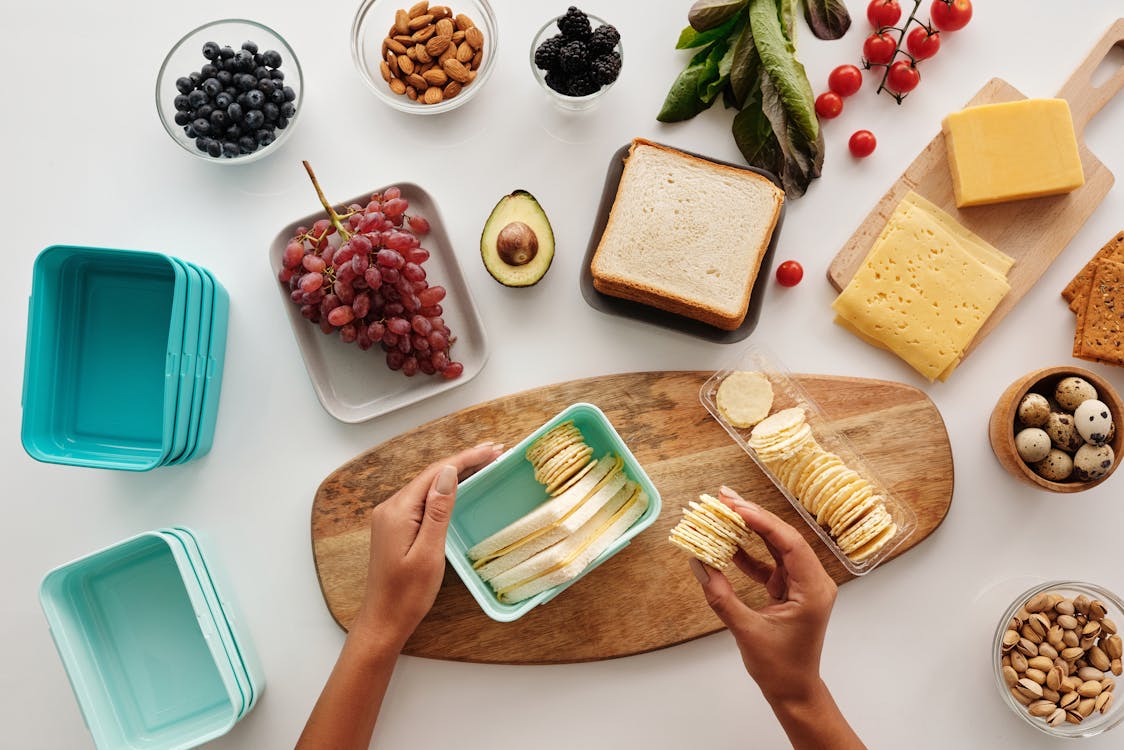Fats are an essential macronutrient that provide energy, support cell growth, and regulate hormones. Fats are also important for the absorption of fat-soluble vitamins, such as vitamin A, D, E, and K. However, not all fats are created equal. Some fats are more beneficial for your health than others, depending on their chemical structure, source, and processing. In this article, we will compare and contrast three common sources of fat: butter, cheese, and ghee.
Butter

Butter is a dairy product made from churning cream or milk. It is composed of about 80% fat, 15% water, and 5% milk solids. Butter is rich in saturated fat, which can raise your blood cholesterol levels and increase your risk of heart disease and stroke. However, butter also contains some beneficial nutrients, such as vitamin A, D, E, K, and B12, as well as conjugated linoleic acid (CLA), a type of fatty acid that has anti-inflammatory, anti-cancer, and anti-obesity effects.
Butter can be classified into different grades, depending on the quality and flavor. The most common grades are AA, A, B, and C, with AA being the highest and C being the lowest. The grade is determined by the color, texture, aroma, and taste of the butter. Butter can also be salted or unsalted, depending on the preference and usage. Salted butter has a longer shelf life and a more savory flavor, but also more sodium. Unsalted butter has a shorter shelf life and a more neutral flavor, but also less sodium.
Butter can be used for baking, cooking, spreading, and topping. It adds a rich and creamy texture and a delicious flavor to many dishes. However, butter should be consumed in moderation, as it is high in calories, fat, and cholesterol. According to the USDA, one tablespoon of butter (14 grams) contains:
- Calories: 102
- Fat: 11.5 grams
- Saturated fat: 7.3 grams
- Cholesterol: 31 mg
- Sodium: 82 mg
- Vitamin A: 355 IU
- Vitamin D: 0.2 mcg
- Vitamin E: 0.3 mg
- Vitamin K: 1.1 mcg
- Vitamin B12: 0.1 mcg
- CLA: 0.4 grams
Cheese

Cheese is a dairy product made from coagulating and draining milk. It is composed of about 25% protein, 25% fat, 25% water, and 25% other components, such as lactose, minerals, and enzymes. Cheese is also rich in saturated fat, which can raise your blood cholesterol levels and increase your risk of heart disease and stroke. However, cheese also contains some beneficial nutrients, such as calcium, phosphorus, magnesium, zinc, and vitamin B2, as well as probiotics, live microorganisms that can improve your gut health and immunity.
Cheese can be classified into different types, depending on the texture, flavor, origin, and aging. The most common types are fresh, soft, semi-soft, hard, and blue. Fresh cheese is unaged and has a mild and creamy flavor, such as cottage cheese, cream cheese, and ricotta. Soft cheese is aged for a short time and has a soft and moist texture, such as brie, camembert, and feta. Semi-soft cheese is aged for a longer time and has a smooth and elastic texture, such as mozzarella, cheddar, and gouda. Hard cheese is aged for the longest time and has a firm and dry texture, such as parmesan, pecorino, and gruyere. Blue cheese is aged with mold and has a strong and pungent flavor, such as roquefort, stilton, and gorgonzola.
Cheese can be used for snacking, cooking, melting, and grating. It adds a rich and savory flavor and a smooth and gooey texture to many dishes. However, cheese should also be consumed in moderation, as it is high in calories, fat, sodium, and lactose. According to the USDA, one ounce of cheddar cheese (28 grams) contains:
- Calories: 114
- Fat: 9.3 grams
- Saturated fat: 5.9 grams
- Cholesterol: 29 mg
- Sodium: 176 mg
- Calcium: 202 mg
- Phosphorus: 145 mg
- Magnesium: 8 mg
- Zinc: 0.9 mg
- Vitamin B2: 0.1 mg
- Probiotics: varies
Ghee

Ghee is a clarified butter that is made from heating and separating butter. It is composed of almost 100% fat, mostly saturated fat. Ghee has a higher smoke point than butter, which means it can withstand higher temperatures without burning or producing harmful compounds. Ghee also has a longer shelf life and a more nutty and caramelized flavor than butter. Ghee is rich in saturated fat, which can raise your blood cholesterol levels and increase your risk of heart disease and stroke. However, ghee also contains some beneficial nutrients, such as vitamin A, D, E, K, and B12, as well as butyrate, a type of fatty acid that can improve your gut health and metabolism.
Ghee can be used for frying, sautéing, roasting, and baking. It adds a rich and buttery flavor and a crispy and golden texture to many dishes. However, ghee should also be consumed in moderation, as it is high in calories, fat, and cholesterol. According to the USDA, one tablespoon of ghee (13 grams) contains:
- Calories: 112
- Fat: 12.7 grams
- Saturated fat: 7.9 grams
- Cholesterol: 33 mg
- Sodium: 0 mg
- Vitamin A: 108 IU
- Vitamin D: 0.2 mcg
- Vitamin E: 0.4 mg
- Vitamin K: 1.1 mcg
- Vitamin B12: 0.1 mcg
- Butyrate: 0.3 grams
Conclusion
Butter, cheese, and ghee are three common sources of fat that have different nutritional, health, and culinary profiles. Butter is a dairy product that is high in fat, calories, cholesterol, and sodium, but also high in vitamin A, D, E, K, B12, and CLA. Cheese is a dairy product that is high in fat, calories, sodium, and lactose, but also high in calcium, phosphorus, magnesium, zinc, vitamin B2, and probiotics. Ghee is a clarified butter that is high in fat, calories, and cholesterol, but also high in vitamin A, D, E, K, B12, and butyrate. All three foods can be used for various purposes and add flavor and texture to many dishes. However, all three foods should be consumed in moderation, as they are high in saturated fat, which can increase your risk of heart disease and stroke. Therefore, it is advisable to eat a balanced diet that includes a variety of fat sources, both animal and plant-based, and limit your intake of processed and high-temperature cooked fat products. This way, you can enjoy the benefits of fat, without compromising your health.


